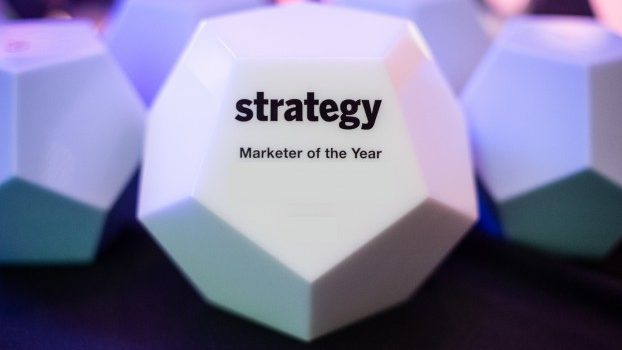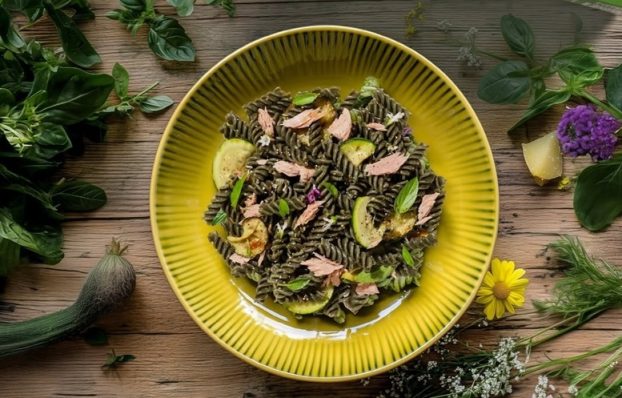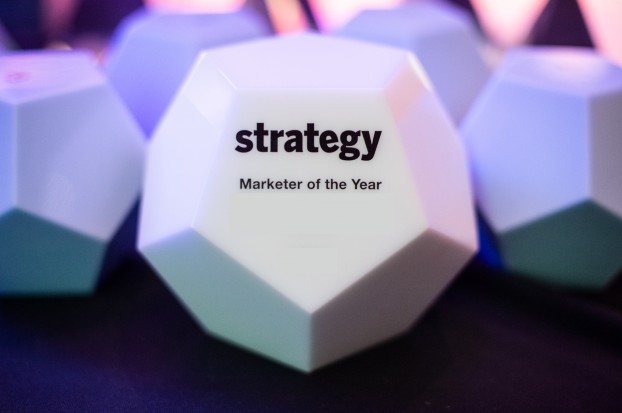You’re reading the second of two profiles of this year’s New Establishment Brand winners, recognizing the up-and-comers bringing fresh thinking and new ideas to Canada’s marketing departments. Read about Amanda Horn, this year’s other winner, here.
This story originally appeared in the Winter 2021 issue of strategy.
Teresa Blakney speaks Malay, the mother-tongue of Malaysia where she grew up. She’s also fluent in English and Cantonese, as well as Mandarin, which she curiously added to her repertoire by watching Chinese soap operas. But beyond languages, she’s also a collector of projects.
The Conagra brand manager’s main priority is to grow the company’s frozen foods product pipeline. However, she was also recently tasked to come up with a brand strategy that would triple its foodservice business over the next three years. Blakney was given the reins for the project after five years of going beyond the call of duty.
For instance, she spearheaded Conagra’s first (and only) employee resource group, dedicated to empowering women professionally.
She’s also a volunteer for the Network Executive of Women and a career mentor for the Toronto Region Immigrant Employment Council. And that’s all in between her spearheading the launch of 26 frozen food SKUs in the last year alone – the most in Conagra Canada’s history.
Ironically, before she was transferred from the company’s grocery business to its frozen foods category in 2017, the senior brand manager of innovation had never tasted a microwave meal.
“It was never a part of my culture or upbringing. We always cooked food from scratch. Frozen was never part of the pantry,” she says.
Although Blakney grew up in Southeast Asia, her grandparents were immigrants to Malaysia from China, where she eventually relocated in her 20s and bounced between the ad world, with posts at Ogilvy & Mather and Publicis, and the brand-side at Nestle and Campbell’s.
She believes those worldly experiences and cultural differences helped her innovate Conagra’s frozen portfolio with international flavours to capture diverse taste preferences.
Blakney has also tried to cater to contemporary eating trends by adding clean ingredients that younger cohorts tend to seek out. Some of her recent launches include “Power Bowls” for the Healthy Choice brand, where rice has been replaced with a cauliflower or butternut squash base, a grain-free offering that was the first-to-market.
She also applied that carb swap strategy to Marie Callender’s Meal to Share, with its pasta or rice base now made from 100% vegetables, another first for the category, she says.
But Conagra still caters to consumers who want convenient comfort food without worrying too much about carb or fat content. Its Hungry-Man brand, for example, carries a smorgasbord of hearty fare like beer-battered chicken, meatloaf and pulled pork to “satisfy your craving.”
In 2020, the Hungry-Man legacy brand wanted to bring in new users, so Blakney gave it a different lens. “If we look at the frozen category today, it’s no longer about quick, easy meals that you just pop into the microwave. It’s not just to satisfy hunger. Consumers are now making choices to fuel their energy,” she says.
With that insight, she created a premium Hungry Man XL Bowl, which has higher amounts of energy-dense protein, prominently called out on pack.
Retailers aren’t adding more freezer doors in their stores, she says, so there’s a bigger fight for space in aisles. “But the best result of the last year is that retailers are actually asking for more innovation from us, because they’re actually proving to drive growth, even outpacing the category, and bringing new users into their franchises.”
























